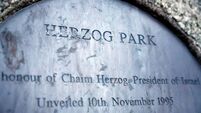First ever Status Orange high temperature warning issued as midnight temps could hit 26°C
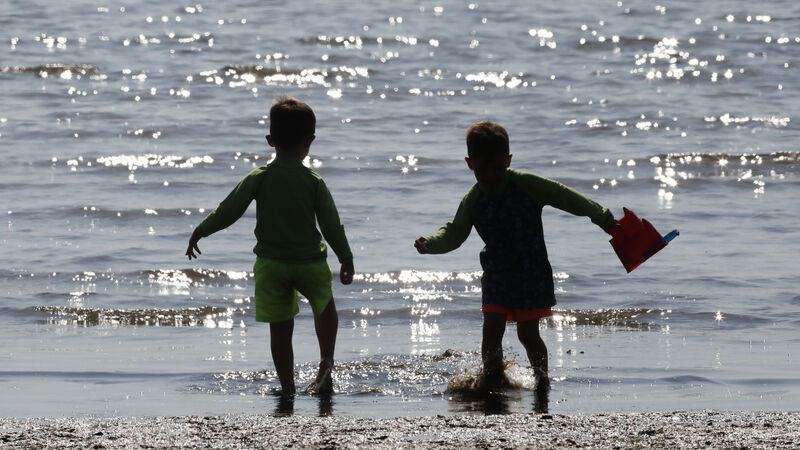
Following the high temperature warnings, the Chief Medical Officer advised people to stay safe while outdoors enjoying the sunshine.
Met Éireann has issued two high temperature warnings over the coming days as people are warned to take care in the extreme heat.
A Status Orange warning has been issued for counties Cavan, Monaghan, Roscommon, Longford, Westmeath and south Leitrim.
Temperatures in these counties are expected to exceed 30°C during the day and will drop no lower than 20°C at night time.
This warning came into effect at 2pm this afternoon and will stay in place until 9am on Friday.
This marks the first ever Status Orange high temperature warning and Met Éireann's Evelyn Cusack said the main reason for this warning is the night time temperatures.
"It is really about the night time in terms of the impact and effects on our citizens and on people who might be vulnerable," said Ms Cusack.
According to the head forecaster, the World Meteorological Organisation defines a 'tropical night' as one where the air temperature doesn't drop below 20°C.
Speaking to RTÉ radio , Ms Cusack said the temperatures could be up around 25°C or 26°C at midnight both tonight and tomorrow night.
Met Éireann also issued a Status Yellow warning for the rest of the country which came into effect at 1pm this afternoon and remain in place until 9am on Friday.
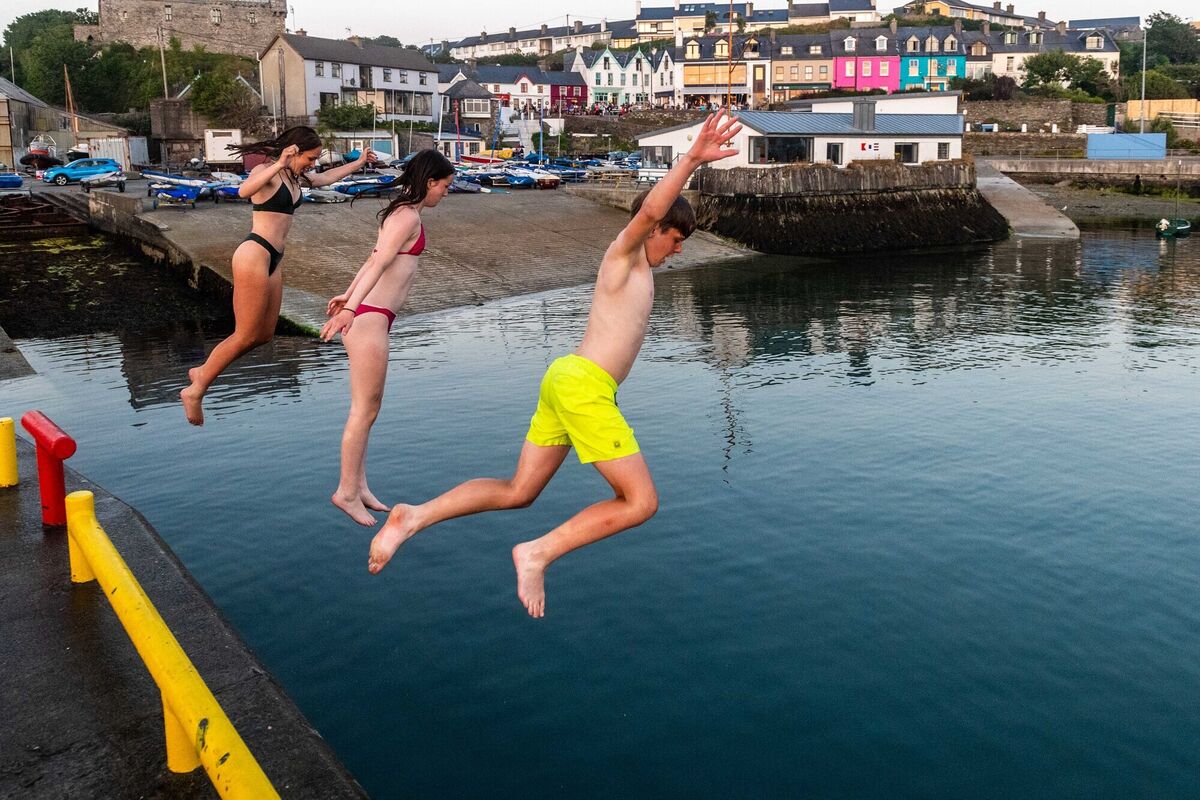
The national forecaster has warned that parts of the country could be set to breach the 30°C barrier, a mark of exceptionally warm weather only noted on a handful of occasions in Ireland over the past 50 years.
Dry, hot and humid conditions are expected throughout the week with little relief at night as temperatures will stay between 17°C and 20°C.
Ireland is now officially in a heatwave.
For it to be officially classed as a heatwave, temperatures must be five degrees above average for five days.
The hottest temperature of the year was recorded on Saturday in Co Galway at 29.5°C.
That marker was reached again on Tuesday evening at the weather station near Mount Dillon in Roscommon.
This week, the 30°C mark could be breached “in a few locations”, the forecaster said.
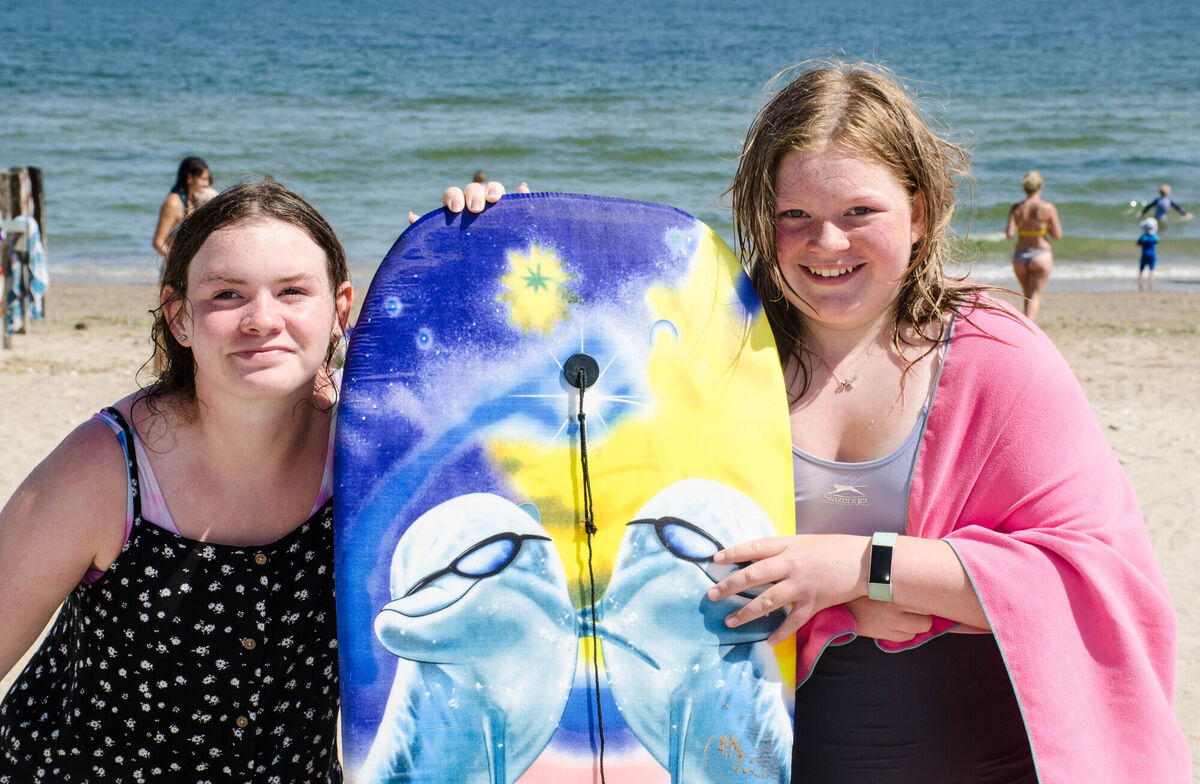
Ms Cusack said the mercury will hit 29°C today and in some places it will reach even higher.
The midlands and the west could see the heat rise to 31°C across Wednesday and Thursday.
There is a slight risk of a thunderstorm over the north, midlands and west of the country.
"The advice is to stay in the shade in this strong sun and the very high temperatures," said Ms Cusack.
The next three to four days are set to see temperatures between 27°C and 30°C across the country with consistent sunshine and the possibility of the odd thundery downpour, while in the North levels will drop slightly after it recorded its highest temperature in history over the weekend.
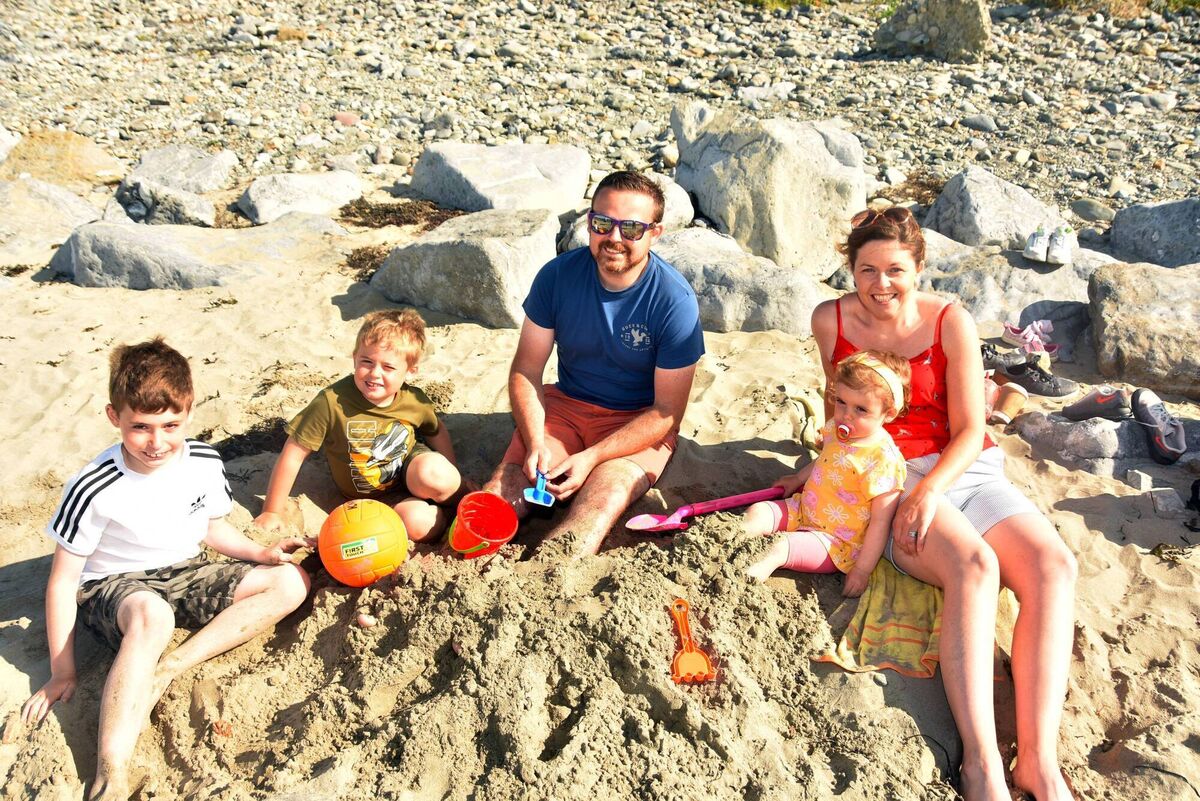
Cathal Nolan, climate scientist at UCC and founder of Ireland’s Weather Channel, said that the harshest temperatures of this particular wave will likely arrive on Wednesday.
“It looks like Wednesday will likely be the heaviest, though it’s difficult to say with accuracy as the highest temperatures can be very localised,” he said.
“It’s certainly not beyond the realms of possibility that things could go beyond 30 or 31. Given the prevailing winds that means those temperatures would usually be in the midwest - at stations like Shannon, Athenry or Gurteen.”
Following the high temperature warnings, the Chief Medical Officer advised people to stay safe while outdoors enjoying the sunshine.
As well as using plenty of the correct SPF - at least 30+ for adults and 50+ for children - people should keep themselves cool and hydrated.
People should also be on the lookout for signs of heat exhaustion and heat stroke.
Signs of heat exhaustion include headache, dizziness and confusion, loss of appetite and feeling sick, fast breathing or pulse, high temperature of 38°C or above and being very thirsty.
If not treated this can lead to heatstroke, which means the body is no longer able to cool itself down and this needs to be treated as an emergency.
UV levels will be high to very high under clear skies today so people are advised to wear appropriate clothing, seek shade during the hottest part of the day - between 11am and 3pm - wear sunglasses and wear suitable SPF.
Enjoy the beautiful weather and be #SunSmart
— Department of Health (@roinnslainte) July 20, 2021
☀️ Regularly apply sunscreen
👕 Wear light loose-fitting clothing
👒🕶️ Don’t forget a hat and sunglasses
💧 Stay hydrated
⚠️ Follow #COVID19 public health advice
Read more from @CMOIreland https://t.co/Z1HHEYo2tz pic.twitter.com/Qa8EMZohye
Alone, the organisation which supports older people, is urging people to take care in the rising temperatures this week.
Older people can be more vulnerable during warmer weather conditions and are at greater risk of heat exhaustion and heat stroke, especially those living alone, with health issues and those with limited mobility.
People should keep a small container of water in the fridge in the event that water pressure is significantly reduced or restricted.
Members of the public are asked to check in on their older relatives, neighbours and friends during the heatwave to ensure they have all they need and are keeping safe and cool.
Any older people who are concerned about their own wellbeing should call for assistance and help if needed. Alone can be contacted at 0818 222 024.
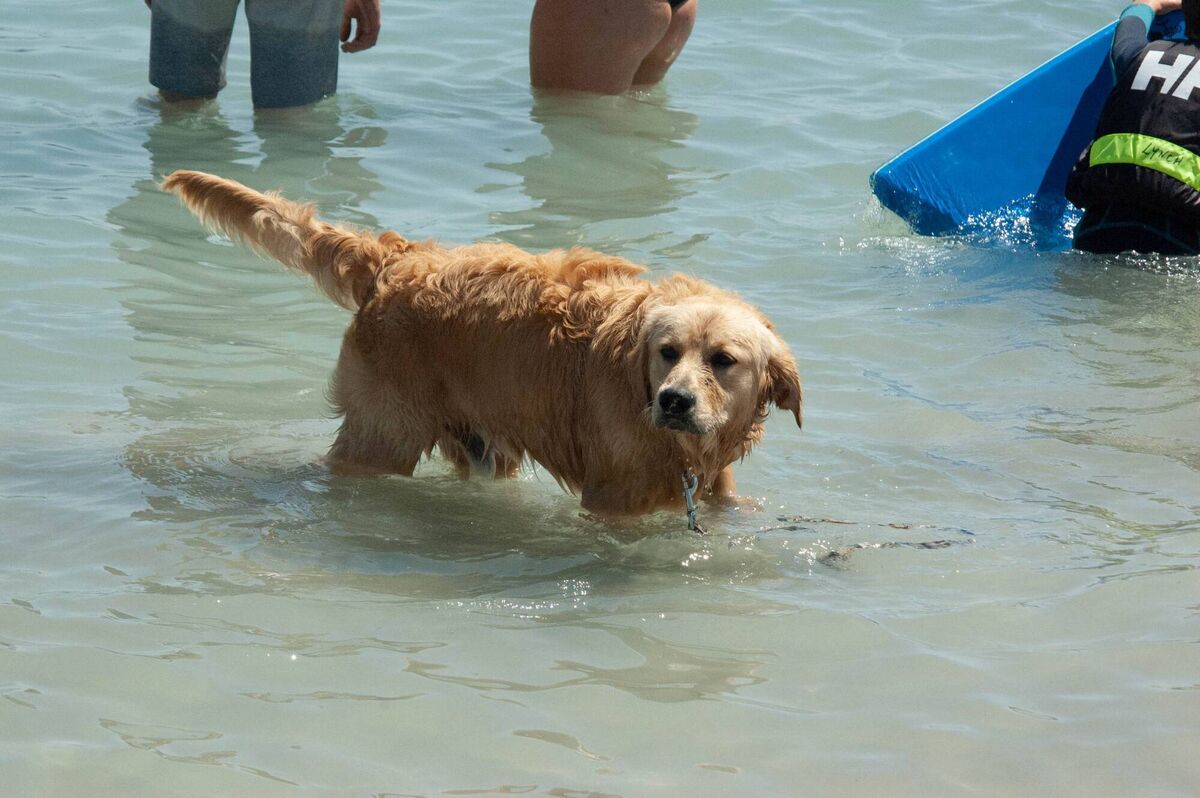
Animal welfare charity Dogs Trust encouraged pet owners to only walk their animals either very early in the morning or late in the evening, to avoid the heat at the height of the day, and even then “only if it is cool enough to do so”, while ensuring dogs have plenty of water and shade all day.
“Heatstroke can be fatal - skipping a walk or two is not,” the charity said.
Warning signs for heatstroke in pets include excessive panting, dry or pale gums, increased heart rate and weakness, stupor or collapse.
If you notice your pet overheating move them to a cool area, spray them with cool - not cold - water, give them small amounts of cool water to drink and contact your vet.
With any rain in sight likely to be localised, Irish Water has urged people to conserve the water in order to ensure “a consistent supply for all during this busy time”.
The utility, which on Sunday had announced plans to limit the provision of drinking water in North County Dublin due to excessive demand, said it had been seeing “significant increases” both domestically and via commercial enterprises as temperatures continued to rise, particularly in tourist hotspots on the coasts.
Urgent appeals for conservation were made in a number of locations, including Wexford, Kerry and Donegal, with night-time restrictions in place in Portlaoise and parts of Longford.
Irish Water said demand for drinking water in Cork has increased by 25% in some areas in recent days.
Irish Water, together with Cork City Council and Cork County Council have appealed for people to reduce water consumption as much as possible as the current extra demand, combined with reduced capacity, is not sustainable.
Households, farms and businesses that are particularly being asked to reduce water use include:
- Clonakilty
- Roasscarbery
- Timoleague
- Courtmacsherry
- Bantry
- Durrus
- Kilcrohane
- Kilbrin
- Freemount
- Liscarrol
- Milford
- Mountnorth
- Cecilstown
- Newmarket
- Kanturk
However, no official water conservation order has been put in place.
Irish Water is asking people to take shorter showers, turn off the tap when brushing their teeth or shaving, save and reuse water collected from baths, showers and hand basins in the garden and avoid using paddling pools.
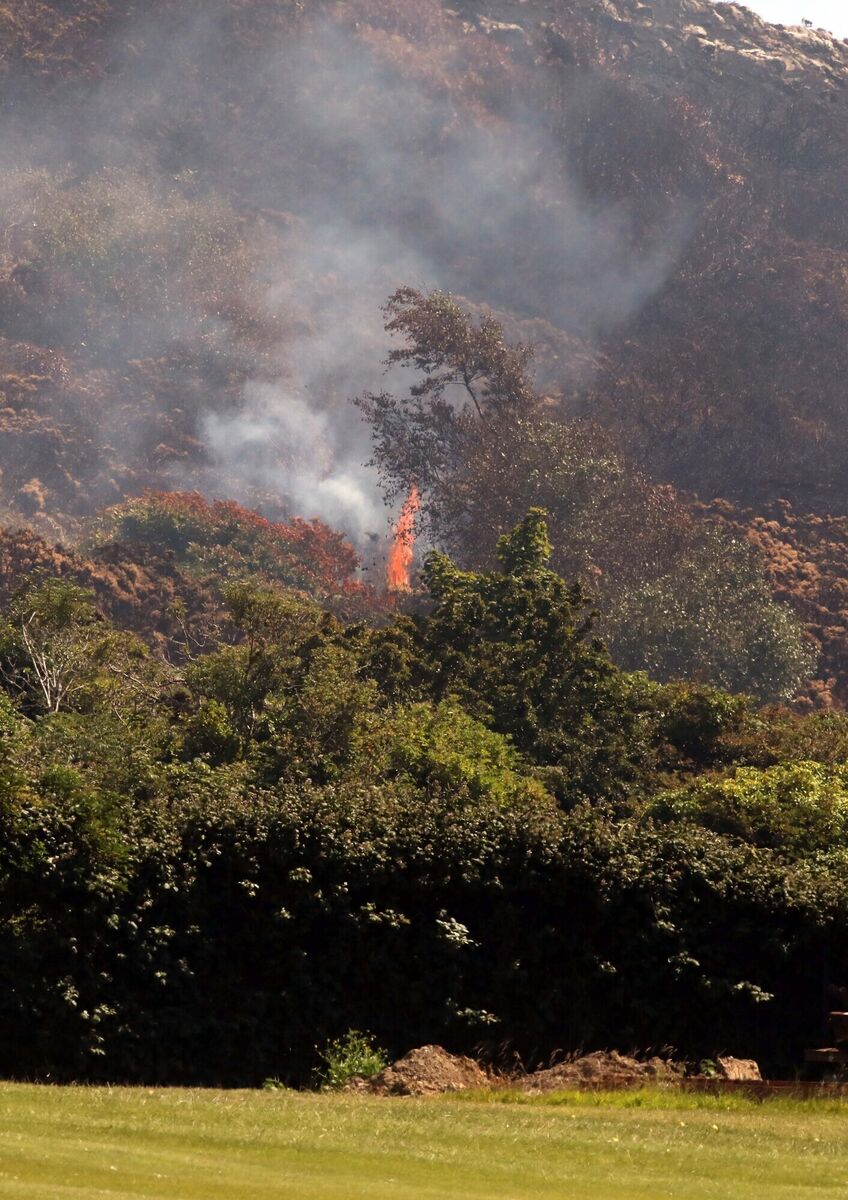
Meanwhile, an orange forest fire warning has been put in place by the Department of Agriculture, and this also remains in place until Friday when the phase of fire risk is predicted to peak.
The Department said that warning stemmed from the ongoing weather patterns and the consequent elevated expected level of risk, while forest visitors were instructed not to use barbecues or light fires.
Gorse fires have been blazing for almost a month at Howth Head in Dublin.
The fire first began on June 22 with Dublin Fire Brigade saying it remains at the scene to maintain fire breaks.
Yesterday, the Irish Air Corps dropped 1,200 litres of water on to the fire.
The Road Safety Authority (RSA) is reminding motorists to be aware of the dangers of 'sun glare' over the coming days.
Sun glare can result in drivers being temporarily dazzled or blinded by the intensity and brightness of the sun.
The RSA is advising drivers to wear sunglasses, have adequate supplies of water, ensure windscreens are clear of grease and grime and to watch out for vulnerable road users such as pedestrians, cyclists and motorcyclists.
Pedestrians, cyclists and motorcyclists should be mindful of the potential dangers of sun glare and should take extra care when using the roads especially when crossing the road and at junctions.
Sleep expert Professor Andrew Coogan has offered a list of tips to cope with sleep difficulties during the heatwave.
Speaking on RTÉ radio’s Today with Claire Byrne show, Prof. Coogan said people should stay hydrated at all times.
- Take a cool shower before bed, or just wet your hair or bathe your feet in cool water
- Have a bottle or glass of water at your bedside
- Move to a cooler room in the house if you have the option
- Leave your foot outside the bed covers Use lighter bed covers
- Keep small children cool as their thermo regulators are not as well developed.





